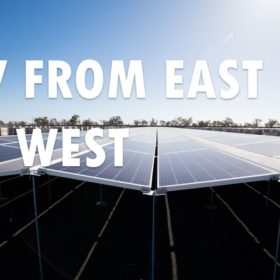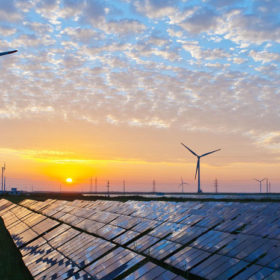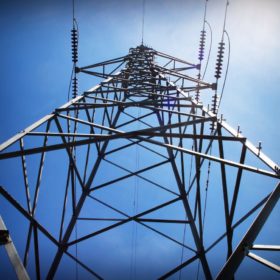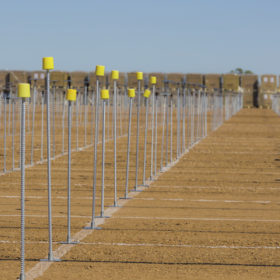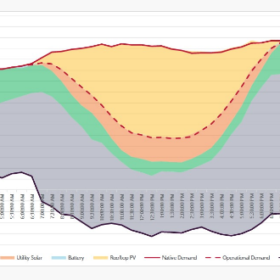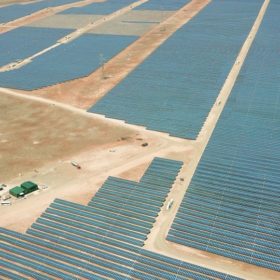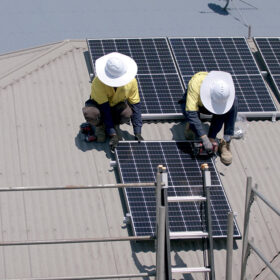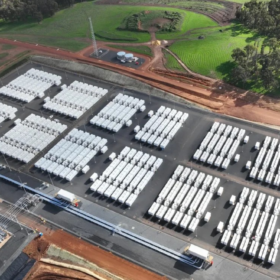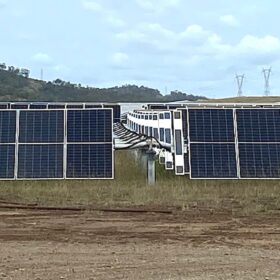A guided tour of Australia’s solar and storage market; Part 1: Victoria
Abundant sunshine, favorable policy settings and high power prices have long placed Australia at the cutting edge of rooftop solar uptake. The more recent utility-scale boom has further enhanced its status as a PV leader. Battery adoption, microgrids, EVs and green hydrogen are all taking shape, yet what should be an Aussie smart energy no-brainer continues to be dogged by mounting investment uncertainty and a toxic debate on the national level.
The journey to NEM 2.0
Australia made its first moves to open up its energy industry in the 1990s, when the National Electricity Market (NEM) was first created, and many of the rules and regulations from back then are still in place today. But the rise of renewables in the 21st century, argues Clean Energy Investor Group Chair Rob Grant, necessitates a rethink of this market structure.
AEMO publishes indicative MLFs for 2020-21
The Australian Energy Market Operator (AEMO) expects to see further declines in Marginal Loss Factors (MLFs) next financial year on a number of grid-scale PV projects, primarily in south-west News South Wales and north-west Victoria.
Governments back NSW-Qld power line upgrade
The Federal and the New South Wales governments will jointly contribute $102 million to increase the capacity of an existing interconnector between New South Wales and Queensland in the run-up to the planned closure of the Liddel coal generator in 2023.
The race has only just begun
The Australian utility-scale PV and wind industries have just gone through a record two years of construction and commissioning. More specifically, writes Rystad Energy’s David Dixon, utility-scale PV has transformed from a megawatt-scale market to one measured in gigawatts. The resultant boom in utility-scale PV in the country has attracted developers, EPCs and OEMs, from at home and across the globe.
AEMO brings up staged approach to energy transition
The Australian Energy Market Operator (AEMO) has undertaken a review on how Australia compares with other international power systems and suggested that the theoretical limits on wind and solar penetration may need to be defined with an eye on the power system stability.
Solar pushes demand in South Australia to new record low
On Sunday, South Australia set a new record for minimum operational demand at 475 MW. Rooftop solar led the way covering 64% of the total demand in the state.
Tailem Bend granted approval for self-forecast generation
The 95 MW solar farm in South Australia has become the first semi-dispatched renewable energy project in the National Electricity Market to switch from the Australian Energy Market Operator forecasting tool to the self-forecasting model.
AEMO: Demand down thanks to rooftop PV, coal generator outages up
The growing share of rooftop solar had a significant impact on Australia’s main grid in the latest quarter, both in terms of reducing operational demand and emissions intensity, the Australian Energy Market Operator (AEMO) said. Looking ahead, AEMO is seeking to procure off-market emergency reserves to help protect the grid from potential summer blackouts the upcoming summer, as coal generator outages grow in frequency.
Rule change to enhance transparency of new projects and ease grid congestion
With more than 50 GW of new wind and solar projects in the development pipeline, the Australian Energy Market Commission is looking to give developers more detailed and up-to-date information about new generation projects. The new draft rule may help businesses make better investment decisions on where to locate new generators and assess project viability.
